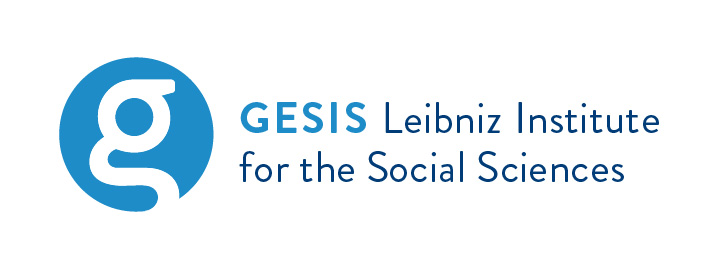Do Web and Telephone Produce the Same Number of Changes and Events in a Panel Survey?
Abstract
Measuring change over time is one of the main purposes of longitudinal surveys. With an increase in the use of web as a mode of data collection it is important to assess whether the web mode differs from other modes with respect to the number of changes and events that are captured. We examine whether telephone and web data collection modes are comparable with respect to measuring changes over time or experiencing events. Using experimental data from a two-wave pilot of the Swiss Household Panel, we investigate this question for several variables in the domain of work and family.
We find differences for the work-related variables, with web respondents more likely to report changes. These differences do not disappear once the socio-demographic composition of the sample is taken into consideration. This suggests that these differences are not driven by observed different characteristics of the respondents who may have self-selected into one or the other mode. Contrary to work-related variables, a termination of a relationship was more common in the telephone group. This shows that one mode does not necessarily measure more change or events than another; it may depend on the variable in question. In addition, the difference in the protocol mattered: a web respondent in a household that participated fully by web sometimes differed from a web respondent in a household that had a household interview by phone. Nonetheless, the telephone group differed more from the various web protocols that the web protocols among themselves.
With more household panel surveys introducing web questionnaires in combination with more traditional face-to-face and telephone interviews, this study adds to our understanding of the potential consequences of mixing modes with respect to longitudinal data analysis.
Keywords
Full Text:
PDFDOI: https://doi.org/10.12758/mda.2021.09
Refbacks
- There are currently no refbacks.
Copyright (c) 2021 Oliver Lipps, Marieke Voorpostel

This work is licensed under a Creative Commons Attribution 4.0 International License.

